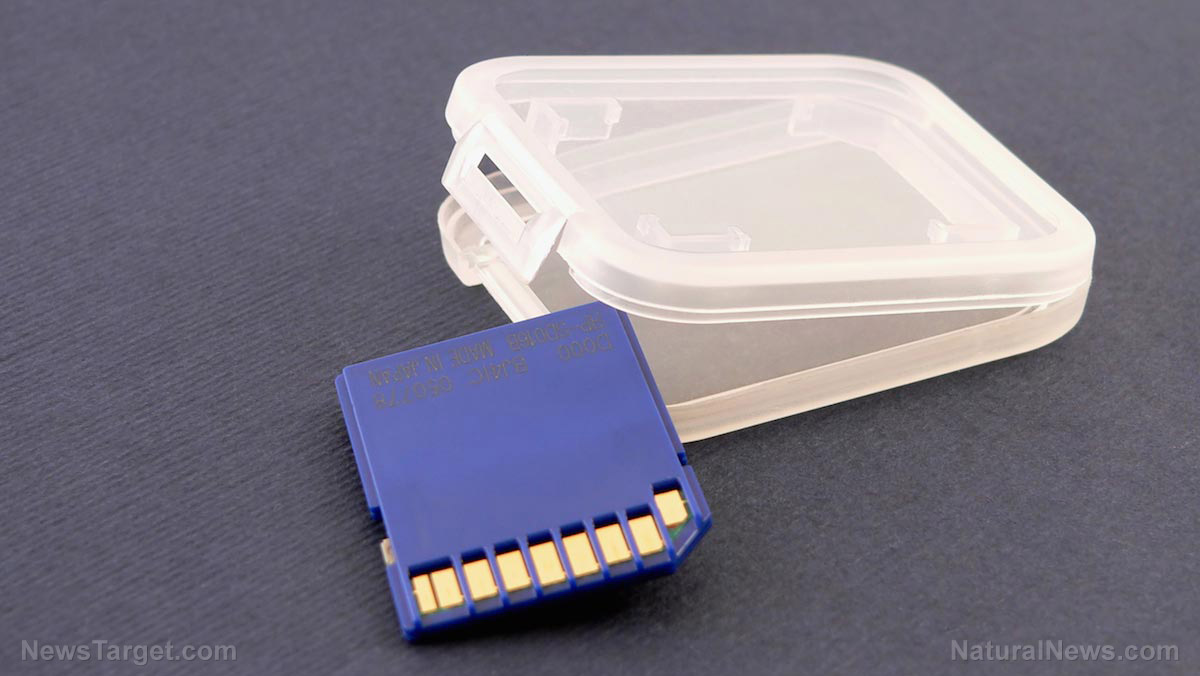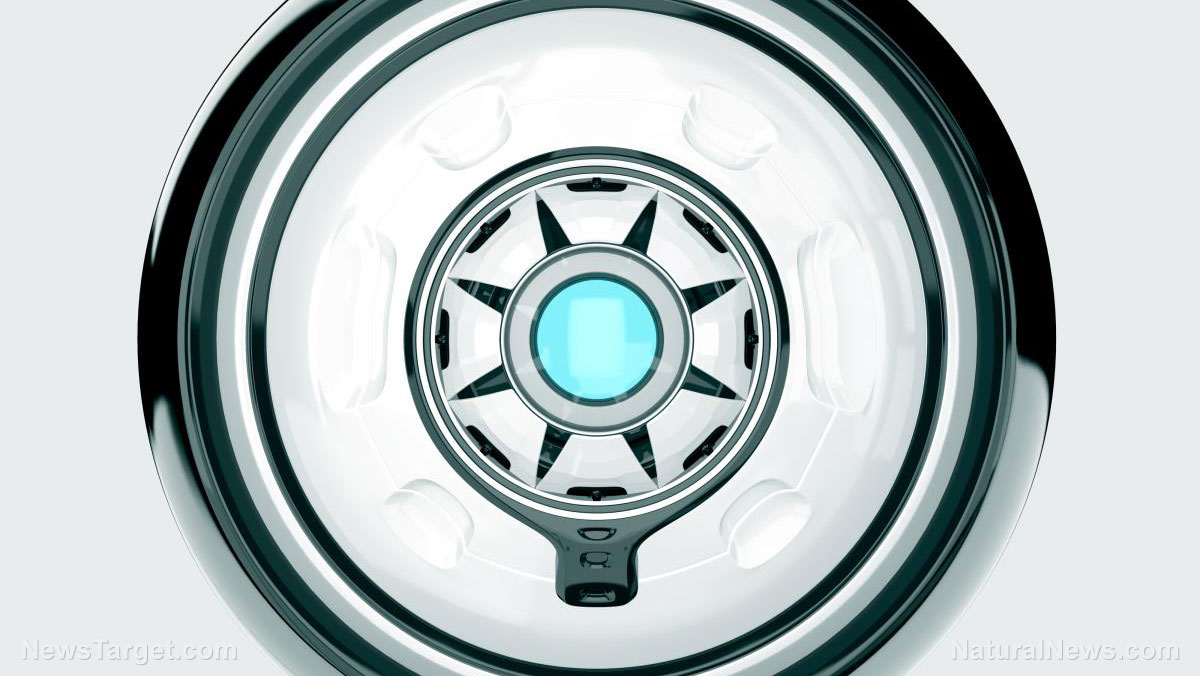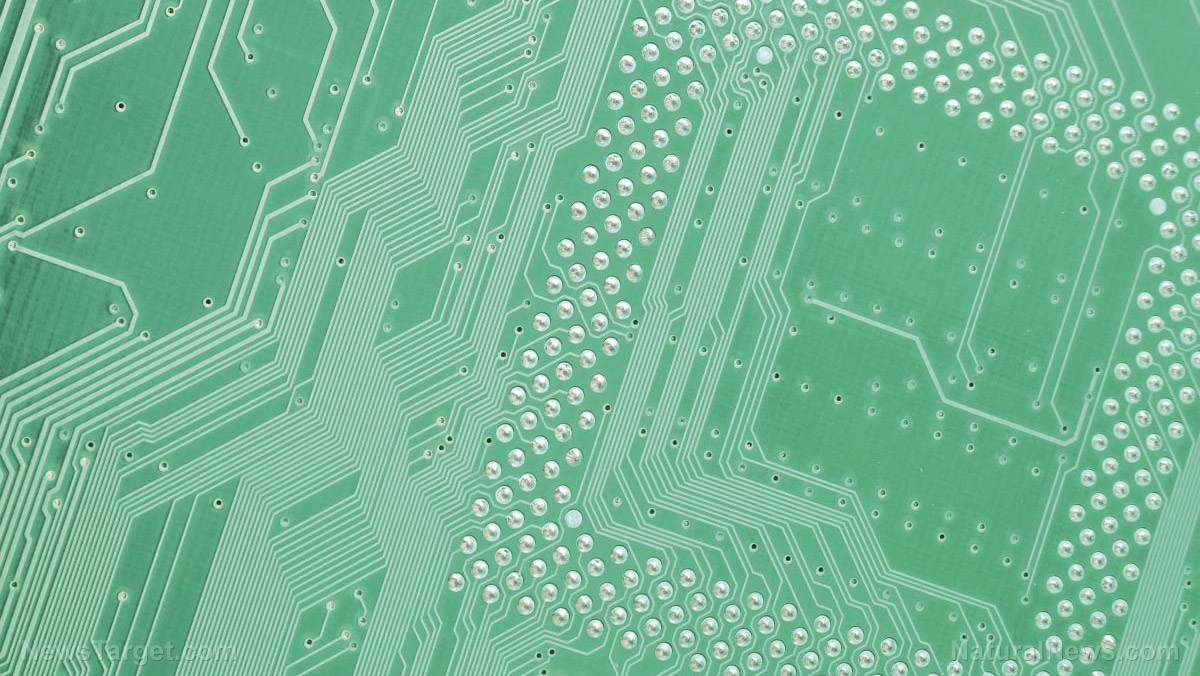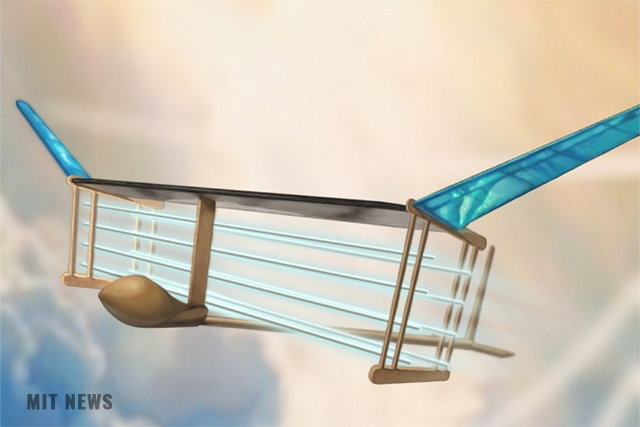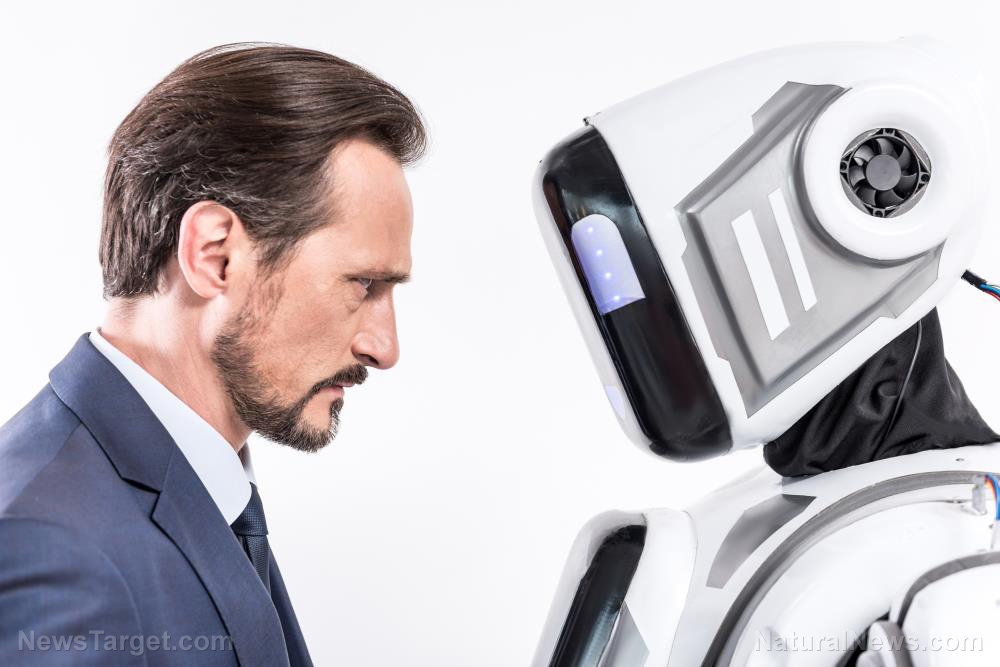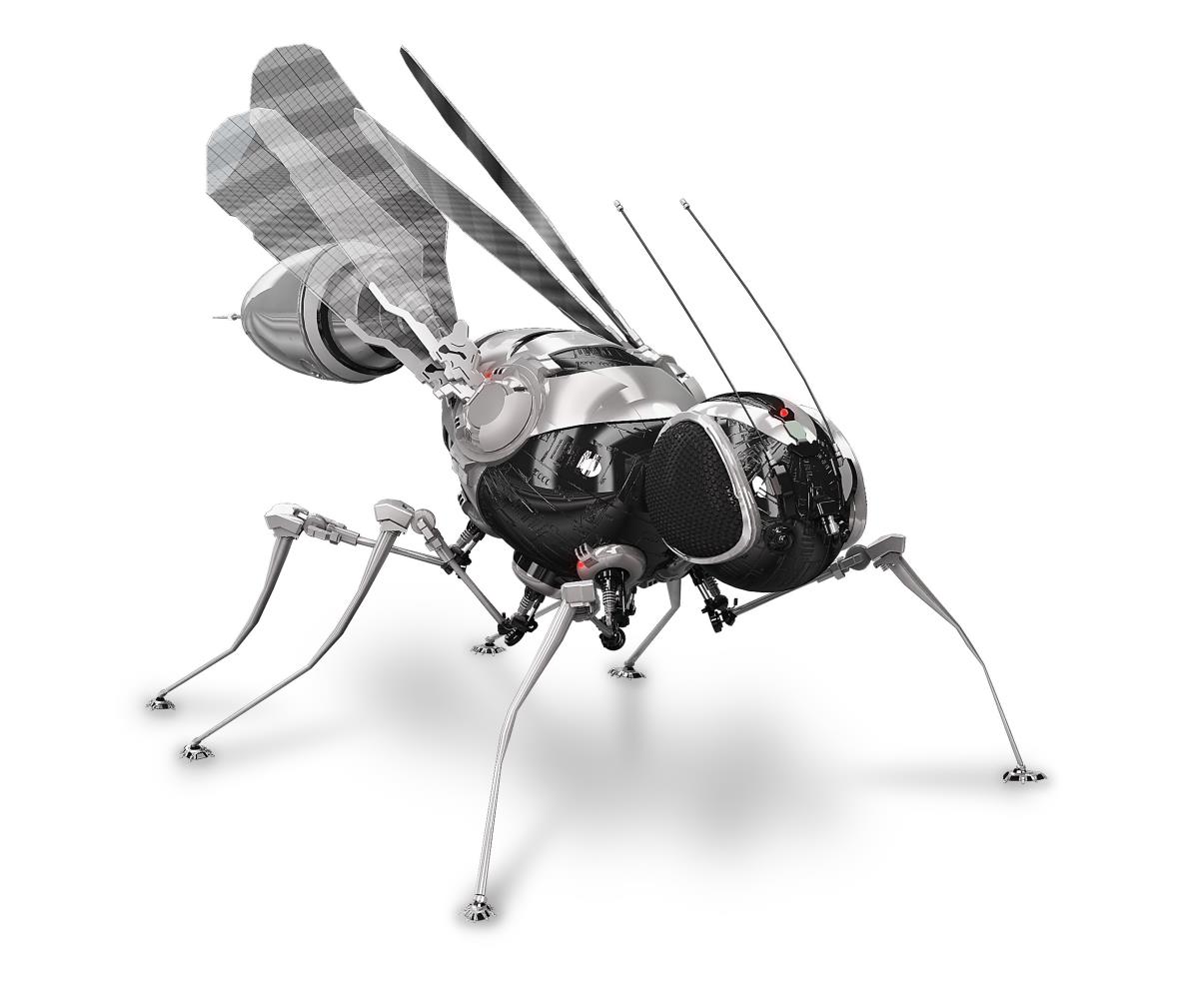Researchers develop a system that levitates objects using only ultrasonic waves
02/28/2019 / By Edsel Cook

Have you ever imagined moving a small object across the room by just pointing at the direction you need it to go? German researchers have created a device called LeviCursor that can accomplish that magical task of levitating items with invisible ultrasonic waves.
LeviCursor is the the latest step towards realizing a dream long cherished by information technology (IT) researchers: the ability to manipulate each and every characteristic of an object through the use of a computer.
Creating this “Ultimate Display” is one of the biggest goals of IT researchers like Dr. Jörg Müller of the University of Bayreuth (Bayreuth). He and his colleagues have devoted themselves to perfecting a method where they could manipulate the spatial position of a particle with incredible accuracy.
The LeviCursor consists of a pair of panels that are arranged horizontally and parallel to each other. The boards are separated by eight inches (20 centimeters) of empty space.
The surfaces of the panels feature tight clusters of electroacoustic transducers, which are better known as loudspeakers. When activated, these loudspeakers will emit ultrasonic waves that cannot be picked up by human ears. (Related: Researchers turn levitation into reality.)
This ultrasonic device will levitate small objects to where you are pointing
Any objects found in the space between the LeviCursor’s boards will be trapped between acoustic waves coming from opposite directions. Objects that are small and light enough will float in mid-air without any visible or audible means of support.
Furthermore, it is possible to adjust the phases of the high-frequency sound waves. Phases are the positions of an instance on a single cycle of a waveform. Changing them will allow the ultrasonic waves to move the suspended object anywhere within the area they are interacting in.
The user can direct the movement of the object with an optical pointer that is worn on the finger. The light-based marker projected by the pointer will alter the three-dimension field of ultrasonic waves, causing the object to float towards the illuminated point.
Müller’s team has greatly refined the process of controlling the ultrasonic waves with the optical pointer. An object levitated by LeviCursor can be freely moved within the three dimensions that are parallel to the fingertip of the user.
The levitated objects track the movements of the fingertip almost immediately. There is no visible lag and the movements proceed smoothly. Finally, there is no need for the user to physically interact with the device at any given time.
A possible ultrasonic alternative to light-based holograms
The Bayreuth researchers presented their new ultrasonic device at an international information technology conference in Tokyo. The seemingly magical abilities of LeviCursor drew much attention from the attendees.
“Visitors from the scientific community were very impressed with how far we have already brought forward the physical fundamentals of the ultrasound-controlled levitation of objects,” said Viktorija Paneva, one of the Bayreuth presenters. “Our aim is to further refine this technology over the next few years.”
Depending on the weight of an object, LeviCursor can propel it to a maximum of 2.6 feet (80 centimeters) per second. Paneva said that they are going to improve the device’s acceleration and top speed.
Eventually, she and her colleagues want their ultrasonic device to assemble floating particles into a virtual object. That would replicate the capabilities of the fictional holodeck of Star Trek, which creates holograms out of thin air.
“But let’s imagine one day being able to precisely control the very fast movement of many, extremely small particles down at the micron level,” said Müller. “In that case larger objects composed out of these particles could transform into other objects in the blink of an eye.”
Sources include:
Tagged Under: breakthrough, cool gadgets, holograms, innovation, inventions, levitation, new tech, particles, physics, science, science breakthroughs, ultrasonic waves, weird science



